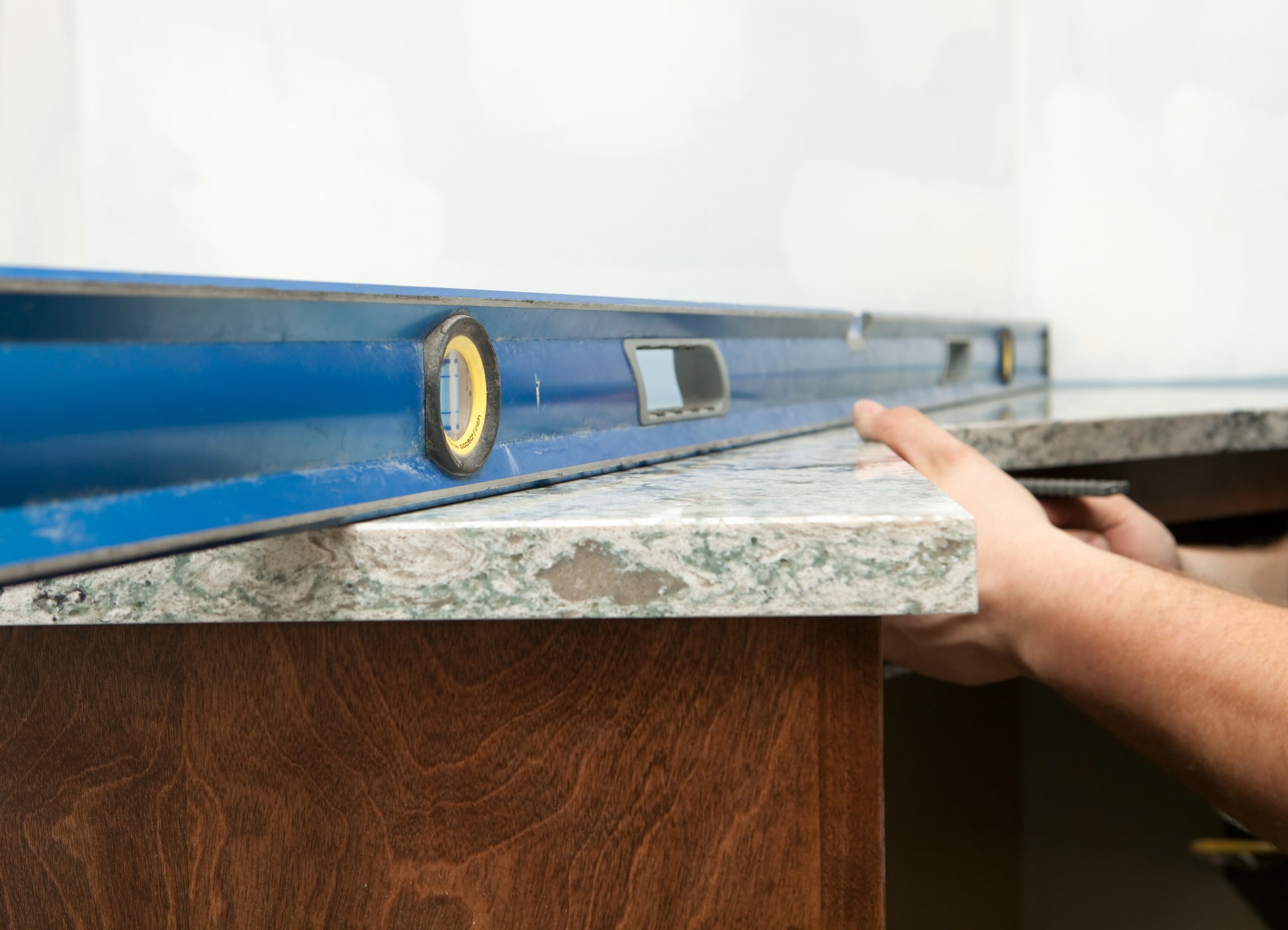What is silicosis? The incurable disease sickening young California workers who cut countertops
Silicosis is causing men in their twenties and thirties to have severe disease and, in some cases, death

Workers who install a particular kind of countertop are getting sick and dying from a type of pulmonary fibrosis, new research shows.
A study published in JAMA Internal Medicine has found that the condition, called silicosis, is showing up often in California, primarily in young Latino men. It is causing severe disease and, in some cases, death.
Whereas the condition used to affect people later in life, it’s now being seen in people in their twenties and thirties, according to reporting from The Los Angeles Times. “They’re young guys who essentially have a terminal diagnosis,” Dr Jane Fazio, a pulmonary specialist at UCLA, told the outlet.
People get the disease after inhaling tiny pieces of silica, a mineral, while working with engineered stone, or quartz, per the American Lung Association (ALA). These pieces float up into the air when a person cuts engineered stone.
About 2.3 million people in the US are exposed to silica at work; the vast majority of them work in construction. When pieces of the material enter the lungs, they cause inflammation that can lead to scar tissue. This, in turn, can make it difficult to breathe.
Silicosis can cause serious complications like lung cancer, tuberculosis, chronic bronchitis, autoimmune disorders, and kidney disease. The disease is progressive and can take anywhere from 10 to 30 years after a person is exposed to develop, per the ALA. Eventually, it causes one’s lung capacity to decrease, and they may need to use oxygen or other devices to help them breathe.
Symptoms of the disease include shortness of breath, cough, difficulty breathing, weakness, fever, fatigue, night sweats, bluish discolouration of the lips, and leg swelling. Silicosis can damage the immune system, and the longer people go without treatment, the more likely they are to develop a complication from the illness.
Silica is an abundant mineral found in the earth’s crust, so any jobs that involve drilling or grinding granite, slate, or sandstone can put someone at risk of developing silicosis. High-risk jobs include jackhammering, construction work, rock drilling, tunnelling, asphalt mining, and cutting brick or concrete. Ceramics manufacturing can also cause the illness, as can stone countertop work, which is responsible for the spate of illnesses in California.

The new study from JAMA Internal Medicine relied on data from the California Department of Public Health.
From 2019 to 2022, researchers identified 52 male patients who met the criteria for a silicosis diagnosis. All but one were Latino immigrants, and the median age among them was 45 years. Nearly half of the people analysed for the new report went to the emergency room when their symptoms began, but one-fifth did not have health insurance.
The study authors found that many didn’t receive the correct diagnosis when they reported to a health care centre; oftentimes, they were misdiagnosed with tuberculosis or bacterial pneumonia.
By the time they were diagnosed with silicosis, nearly 40 per cent of the people studied already had advanced disease with “severely or very severely reduced” respiratory effort. About one-fifth of those studied ended up dying; the median age at death was just 45 years.
It’s important for industry leaders—as well as people renovating their homes or building custom homes—to know the toll that engineered stone takes. “[Engineered stone] is everywhere and people have no idea,” Dr Fazio said. “[Consumers] have a right to know that the countertop that might be the cheapest one may really be costing folks’ lives.”
A technique called “wet cutting” may help people who work with engineered stone reduce their chances of developing silicosis, per the Occupational Safety and Health Administration (OSHA).
The technique involves a water delivery system that continuously wets the blade a worker is cutting the stone with, which can prevent silica dust from floating up to their face. However, not even half of the patients studied for the JAMA Internal Medicine report reported using water suppression practices.
Leobardo Segura Meza, a 27-year-old worker who is already suffering from the disease, told The Los Angeles Times that he worries workers will continue to die due to the popularity of engineered stone.
“There’s no cure for this illness,” he said. “The only thing they can do is a lung transplant.” He’s afraid, he added, that as more young men get sick, “there aren’t [going to be] enough lungs for us.”



Join our commenting forum
Join thought-provoking conversations, follow other Independent readers and see their replies
Comments